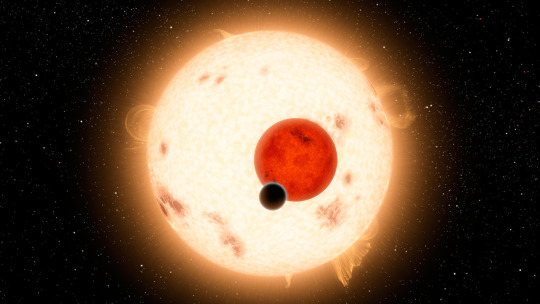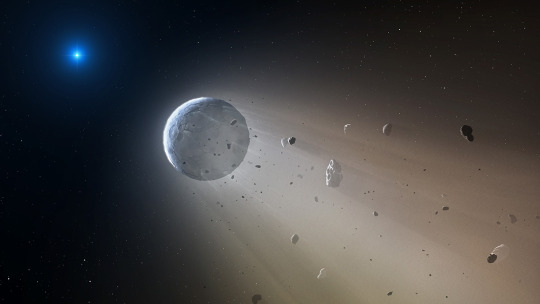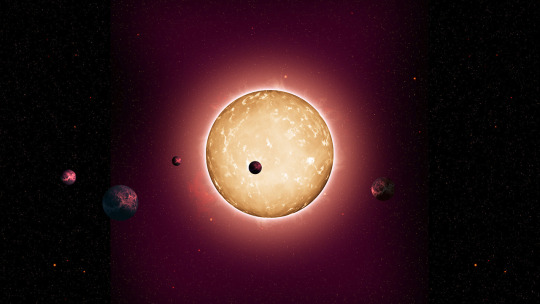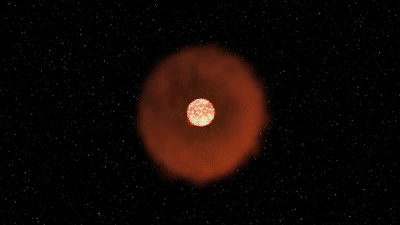
The Kepler space telescope has taught us there are so many planets out there, they outnumber even
the stars. Here is a sample of these wondrous, weird and unexpected worlds (and
other spectacular objects in space) that Kepler has spotted with its “eye” opened to the heavens.
Kepler has found that double sunsets
really do exist.

Yes, Star Wars fans, the double sunset on Tatooine could really exist.
Kepler discovered the first known planet around a double-star system, though Kepler-16b is probably a gas giant without a solid surface.
Kepler has gotten us closer to finding
planets like Earth.

Nope. Kepler hasn’t found Earth 2.0, and that wasn’t the job it set out
to do. But in its survey of hundreds of thousands of stars, Kepler found planets
near in size to Earth orbiting at a distance where liquid water could pool on
the surface. One of them, Kepler-62f, is about 40 percent bigger than Earth and
is likely rocky. Is there life on any of them? We still have a lot more to
learn.
This sizzling world is so hot iron would
melt!

One of Kepler’s early discoveries was the small, scorched world of Kepler-10b. With a year that lasts less than an Earth day and density high enough to
imply it’s probably made of iron and rock, this “lava world” gave us the first
solid evidence of a rocky planet outside our solar system.
If it’s not an alien megastructure, what
is this oddly fluctuating star?

When Kepler detected the oddly fluctuating light from “Tabby’s
Star,” the internet lit up with speculation of an alien
megastructure. Astronomers have concluded it’s probably an orbiting dust
cloud.
Kepler caught this dead
star cannibalizing its planet.

What happens when a solar system dies? Kepler discovered a white dwarf,
the compact corpse of a star in the process of vaporizing a
planet.
These Kepler planets are more than twice the age of our Sun!

The five small planets in Kepler-444 were born 11 billion years ago when our galaxy was in its youth. Imagine
what these ancient planets look like after all that time?
Kepler found a supernova exploding at
breakneck speed.

This premier planet hunter has also been watching stars explode. Kepler
recorded a sped-up version of a supernova called a “fast-evolving
luminescent transit” that reached its peak brightness at breakneck
speed. It was caused by a star spewing out a dense shell of gas that lit up
when hit with the shockwave from the blast.
* All images are artist illustrations.
Make sure to follow us on Tumblr for your regular dose of space: http://nasa.tumblr.com






Комментариев нет:
Отправить комментарий